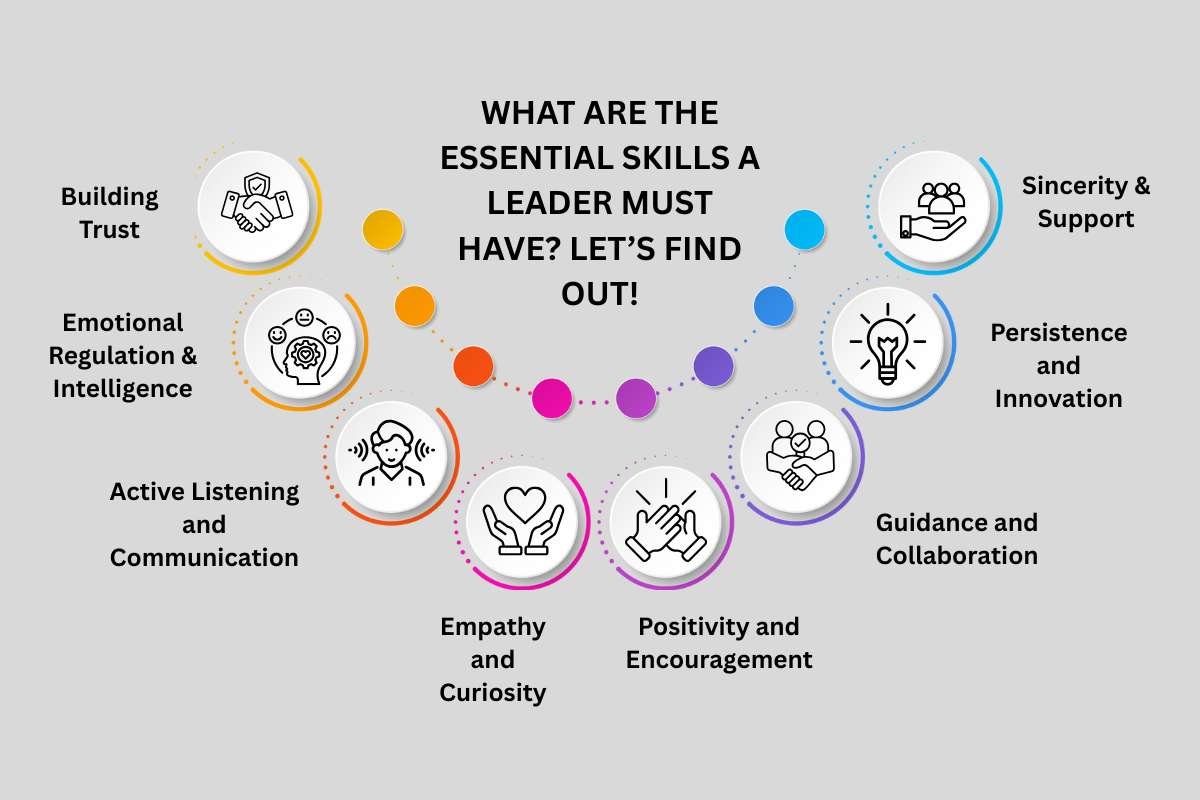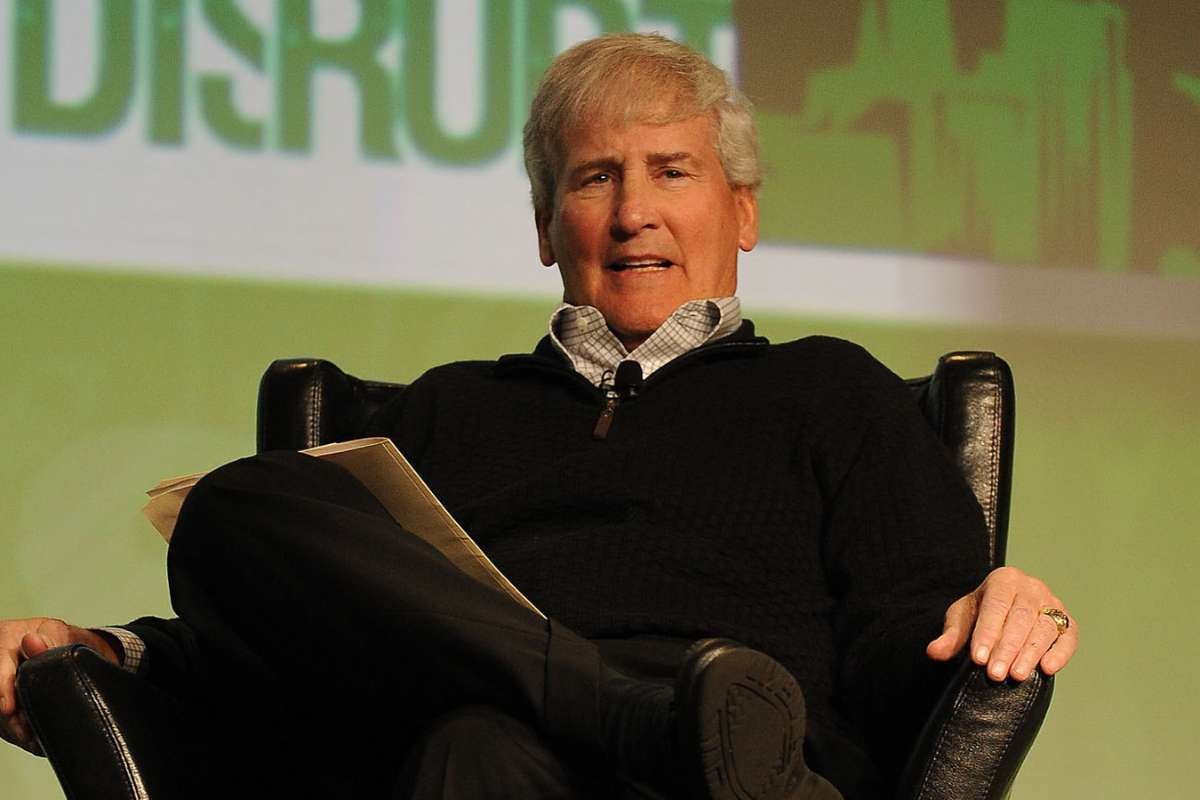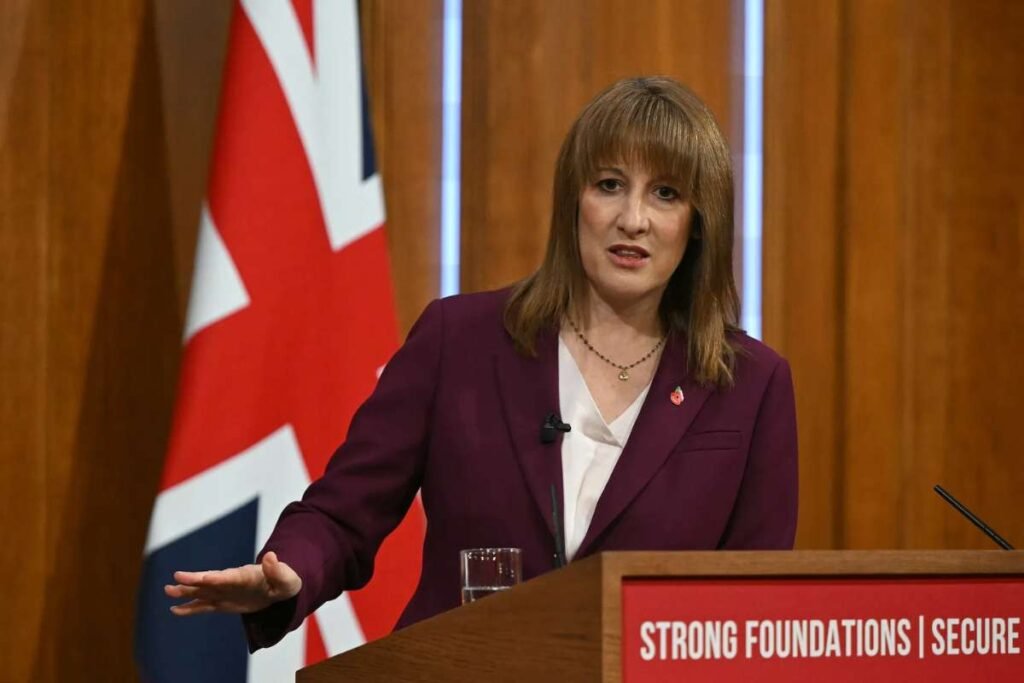We live in a period of constant disruption; the most valuable asset of a company isn’t its technology or capital. Now, the valuable asset of any organization is the resilience and autonomy of its people. Traditional command-and-control management simply cannot fuel the innovation needed today. It’s time to bring back the focus to genuine human development. It is time to transform the hierarchical structure into a nurturing ecosystem.
And that brings us to coaching leadership or developmental leadership. It is the deliberate strategy for future-proofing your business. It changes the manager’s role from a director of tasks into a facilitator of potential. This style systematically nurtures critical thinking and self-reliance. And this is what creates the next generation of truly resilient leaders.
What is Coaching Leadership, and how to apply it? (Definition and Implementation)
“Leadership, like coaching, is fighting for the hearts and souls of people and getting them to believe in you.” A quote by Eddie Robinson explains coaching perfectly.
Eddie Robinson coached Grambling State University for 55 years. He won 408 games, setting a record for a college football coach. It was his unique leadership and coaching style that helped his team create this record.
Coaching leadership as a concept appeared in business in the mid-20th century. The Human Potential Movement of the 1960s, led by figures such as Abraham Maslow and Carl Rogers, emphasized individual growth. This movement was pivotal in shaping the modern approach.
So, what is coaching-styled leadership? According to the Harvard Business Review, coaching is no longer just a benevolent form of sharing what you know with somebody less experienced or less senior. Although that remains a valuable aspect of it. It’s also a way of asking questions to spark insights in the other person.
What are its key characteristics? Find out the skills you need

The coaching leadership style focuses on developing the individual potential of each team member. A leader adopting this style acts primarily as a mentor and guide.
But what else is part of this style of leadership? The following traits are essential for effectively implementing this leadership style:
- Active Listening and Empathy: A leader listens to understand, not just respond. Empathy and active listening are essential for good leadership.
- Powerful Questioning: Questions like, “What do you think is the best next step?” or “What options have you considered?” encourage the employee to own the problem and develop their own solutions.
- Development-Focused Approach: The long-term growth of the employee is prioritized over short-term task completion.
- Constructive and Continuous Feedback: Feedback is delivered as a tool for learning and growth. It focuses on behaviors and outcomes rather than personal criticism.
- Empowerment and Autonomy: Tasks are delegated with clear expectations, but the leader avoids micromanagement. This allows employees the space to make decisions and even minor mistakes as part of the learning process.
Now you know the key characteristics of coaching leadership. It’s time to find out the skills you need to implement it in your workplace.
What are the essential skills a leader must have? Let’s find out!

There are eight very necessary skills to have as a leader who dreams of coaching your team. Here’s what they are:
1. Building Trust
Trust is fundamental in coaching leadership. It allows team members to feel safe and supported. Because of trust, they feel engaged in their growth and challenges. Leaders build trust through consistent, honest, and open communication over time.
2. Emotional Regulation and Intelligence
Leaders must regulate their own emotions and demonstrate emotional intelligence. This skill enables them to respond thoughtfully rather than react impulsively. You empathize with team members and handle conflicts or emotionally charged situations effectively.
3. Active Listening and Communication
Leaders listen deeply and attentively, encouraging open dialogue. Strong verbal and non-verbal communication helps deliver constructive feedback and clarify goals mutually.
4. Empathy and Curiosity
Empathy allows leaders to connect with team members’ perspectives without judgment. Curiosity drives continual learning and helps leaders explore team members’ potential and challenges with open-ended questions.
5. Positivity and Encouragement
Focusing on the strengths of individuals while encouraging improvement motivates teams. Positivity helps sustain engagement and fosters a supportive environment.
6. Guidance and Collaboration
Coaching leadership style centers on partnership. It empowers individuals to grow while guiding them toward shared objectives. Collaboration and mutual learning are essential components.
7. Persistence and Innovation
Persistence helps leaders and teams overcome challenges. Innovation encourages creative problem-solving and fresh perspectives during conversations.
8. Sincerity and Support
Genuine care and a sincere desire to help team members grow, build commitment, and trust. Leaders must actively support developmental plans and celebrate progress.
So, you might be wondering, when can I use this type of leadership in my team? Let’s answer that question, as well.
When to use Coaching Leadership in your organization?
Here are some scenarios in which you can implement developmental leadership:
| Area | Focus | Benefits |
|---|---|---|
| Talent & Succession | High-Potential Employees, Succession Pipeline | Builds future leaders, ensures readiness for critical roles |
| Performance & Skills | Performance Gaps, New/Complex Projects | Elevates performance, fosters innovative problem-solving |
| Culture & Change | Growth Mindset, Organizational Change | Encourages learning, helps employees adapt, and take ownership |
| Team Maturity | Experienced Teams, Self-Managing Teams | Boosts autonomy, empowers self-directed decision-making |
Challenges to overcome before implementing Coaching leadership
Every new strategy and model comes with its own share of challenges and difficulties. Developmental leadership is no different. Here are a few challenges you might face:
1. Significant Time Investment
The core of developmental leadership is personalized development, requiring frequent, dedicated one-on-one sessions. This is highly time-intensive for the leader, especially when managing a large team.
Instead of giving an immediate solution, the leader must use powerful questions to guide the employee. And this takes more time than a direct instruction, potentially slowing down urgent tasks.
2. Requires High Leader Skill and Mindset
Effective coaching demands skills like deep active listening. They should ask challenging questions and provide non-judgmental feedback. Many managers lack this specialized training.
Leaders must resist the temptation to revert to their role as the “expert” who provides answers. This mental shift from directing to facilitating is difficult to sustain.
The coaching leadership style demands high EQ, empathy, and self-awareness to handle difficult conversations and deeply understand individual team members’ needs.
3. Potential for Misuse and Inconsistency
In results-driven or autocratic organizational cultures, this style may be misinterpreted as “soft management” or a lack of accountability. This may lead to a lack of respect.
If leaders apply the style inconsistently or only when convenient, employees may become confused or lose trust in the leader’s commitment to their development.
4. Employee Resistance and Dependency
Some employees may resist the coaching leadership because it forces them to take greater ownership and accountability for problems and solutions.
If not properly introduced, an employee might see the reflective questions as an unnecessary delay or a test. Many would prefer a quick answer to a drawn-out discovery process.
And if the leader guides too much or offers hints too readily, the employee may become overly dependent on the leader’s presence for problem-solving. And it will defeat the purpose of building autonomy.
5. Difficulty in Crisis or Short-Term Situations
In emergencies where quick, decisive action is necessary, this approach might be inappropriate. And it can be detrimental to the organization.
If a team is only focused on a very short-term, high-pressure deliverable, managers may feel they cannot afford the time needed to dedicate to individual development.
So these are some big challenges that you will face when you implement a mentoring leadership style. But it also has its own benefits.
Benefits of implementing a coaching leadership style in your workforce

Here are some benefits of implementing the mentoring leadership style in your workplace:
This leadership style offers significant benefits primarily centered on employee development, engagement, and long-term organizational capacity.
Enhanced Employee Performance and Skill Development
By focusing on individual strengths and offering personalized guidance, mentoring helps employees realize and exceed their capabilities.
It encourages employees to develop their own solutions and critical thinking skills. It makes them more resourceful and less reliant on the leader for every decision.
Continuous, constructive feedback and a focus on growth lead directly to accelerating professional development and higher overall team competence.
Increased Employee Engagement and Motivation
When employees are guided to find their own answers, they feel a stronger sense of ownership and accountability for the results. This significantly boosts motivation.
A supportive, developmental environment where mistakes are viewed as learning opportunities builds employee confidence and reduces the fear of failure.
Feeling valued, heard, and invested in leads to higher morale and job satisfaction. And those two are a major driver of team happiness.
Strengthened Organizational Capacity and Culture
Employees are more likely to stay with organizations that actively invest in their personal and professional growth. It leads to lower turnover and reduced recruitment costs.
The emphasis on two-way, open dialogue and empathy strengthens the leader-follower relationship. It fosters a high-trust, psychologically safe work environment.
Coaching leadership systematically develops the next generation of leaders from within. This ensures the organization has a prepared, internal talent pool ready to step up.
Enhanced Innovation and Problem-Solving
When employees are empowered to think critically and challenge existing processes. It encourages innovation and the generation of creative, outside-the-box solutions.
By helping team members analyze issues at a deeper level, the organization builds a lasting ability to tackle complex, systemic problems effectively.
How to Implement Coaching Leadership? A step-by-step guide?
Now that you know everything there is to know about the coaching style of leadership, let’s learn how to implement it.
We will go through each step, helping you understand exactly how to implement them in five simple steps.
Here’s how you can do it:
Step 1: Set a Clear Purpose
Start each coaching interaction with a clear goal or objective to focus the conversation.
Step 2: Listen and Assess
Ask open questions, listen actively, and understand the employee’s current situation without judgment.
Step 3: Give Behavior-Focused Feedback
Share observations that relate to specific behaviors and their impact, avoiding personal criticism.
Step 4: Set SMART Goals
Help the employee define specific, measurable, achievable, relevant, and time-bound goals to work towards.
Step 5: Follow Up and Support
Regularly check progress, celebrate wins, and offer support to overcome obstacles.
Now, when you read these steps, one word must have stood out—SMART.
So, what does SMART mean? Let’s explain in short.
What is SMART and why is it important?
SMART is a widely used mnemonic acronym that serves as a framework for defining and evaluating goals and objectives. It is an essential tool in management, coaching, and personal development. It ensures goals are clear, focused, and achievable.
SMART stands for specific, measurable, achievable, relevant, and time-bound. Here’s a small table to simplify the concept for you:
| Letter | Component | Description | Key Questions to Ask |
|---|---|---|---|
| S | Specific | The goal must clearly state what is to be done, who is responsible, and why it is important. It eliminates vagueness. | What exactly needs to be accomplished? Who is involved? Why is this goal important? |
| M | Measurable | The goal must have clear criteria for measuring progress. This helps track performance and determine when the goal has been met. | How much? How many? How will I know when it is achieved? |
| A | Achievable | The goal should be realistic and attainable, given the available resources, time, and capabilities. It should be challenging, but not impossible. | Is this goal truly possible to achieve? Do I have the resources? |
| R | Relevant | The goal must matter to the individual, team, or organization. It needs to align with broader objectives and the long-term vision. | Is this the right time? Does this goal align with our overall mission? |
| T | Time-bound | The goal must have a clear deadline or target date. This creates a sense of urgency and prevents the goal from drifting indefinitely. | When will this goal be accomplished? What is the deadline? |
Now, let’s talk about real-life experiences and take a look at some exemplary examples of this style of leadership, shall we?
Leaders who coached: Real-life examples of Coaching Leadership
Here are some people who used developmental leadership to take their organizations further and achieve great things:
1. Bill Campbell: “The Coach of Silicon Valley”

Legendary business coach who trained the likes of Steve Jobs, Jeff Bezos, Larry Page, Eric Schmidt, and Sheryl Sandberg. He rarely offered direct answers on product strategy or financial decisions. Instead, he created a trust-based, empathetic environment.
Campbell used rigorous questioning to force his students to confront their issues. This ultimately guided them to the right solutions themselves.
2. Phil Jackson: NBA Coach
Jackson managed superstar-laden teams during his tenure as an NBA coach. He managed big names like Michael Jordan, Scottie Pippen, and Kobe Bryant. Known as the “Zen Master,” Phil Jackson used mindfulness, Eastern philosophy, and non-traditional methods to train his players as whole individuals through empathy and strategy, two key components of coaching leadership.
He focused on team cohesion and empowering players to solve problems on the court. He is famously known for allowing players like Jordan autonomy to manage their stress and preparation.
3. Satya Nadella: CEO of Microsoft
Nadella took over Microsoft, a company with a rigid, internal, and competitive culture. He transformed Microsoft’s culture by championing a “growth mindset,” a core principle of coaching.
During an event at the Chicago Booth School of Business, he discussed the three attributes of good leadership, i.e., clarity, energy, and achievement. He focuses on finding answers through continuous learning and collaboration. He believes in embracing failure as a learning opportunity. This systemic change empowered employees to innovate and take risks. Nadella’s leadership led to a revitalization of the company.
What sets coaching leadership apart from other styles?
Here’s a quick look at the key differences between coaching or developmental leadership and other leadership styles:
| Leadership Style | Difference |
|---|---|
| Autocratic | The Autocratic leader directs and controls, while the leader guides and empowers. |
| Transactional | Transactional leadership relies on a reward-for-compliance exchange, while Coaching focuses on intrinsic motivation and development. |
| Democratic | Democratic leadership seeks group consensus for decisions, while the other focuses on individual skill development and self-discovery. |
| Laissez-Faire | Laissez-faire offers minimal direction and support, while Coaching leadership provides active mentorship and deliberate development plans. |
| Transformational | Transformational inspires with a vision, while Coaching provides the tools and support for individuals to achieve that vision. |
Conclusion:
Coaching leadership is far more than a management trend that everyone is getting on board with. It is the deliberate strategy for future-proofing an organization. It builds an internal leadership pipeline in the organization. This style systematically empowers employees. The tangible benefit is a workforce that is highly engaged and motivated. Plus, your employees are also fully equipped with critical thinking and problem-solving skills. These skills are necessary to step into senior roles.
The commitment to the coaching leadership is an investment that pays the highest dividends. It ensures that the organization maintains a culture of learning and innovation. It guarantees readiness for succession and secures long-term competitive advantage.
FAQs
1. How do I measure the return on investment (ROI) of a mentoring approach?
ROI is measured through metrics like reduced employee turnover, increased engagement scores, and higher rates of internal promotions/succession readiness. It is measurable improvements in team performance and problem-solving efficiency.
2. What is the main risk of a poorly implemented Coaching Leadership style?
The main risk is that it can be perceived as “soft” management or an abdication of responsibility. The leader must maintain clear expectations and follow through. If not, it may lead to slow decision-making, confusion, and a lack of accountability.
3. Can a leader use the mentoring style with an entire team, or is it only one-on-one?
While it is most impactful one-on-one, a leader can apply the coaching mindset to a team. You can do that by facilitating group problem-solving sessions and encouraging peer-to-peer feedback.












